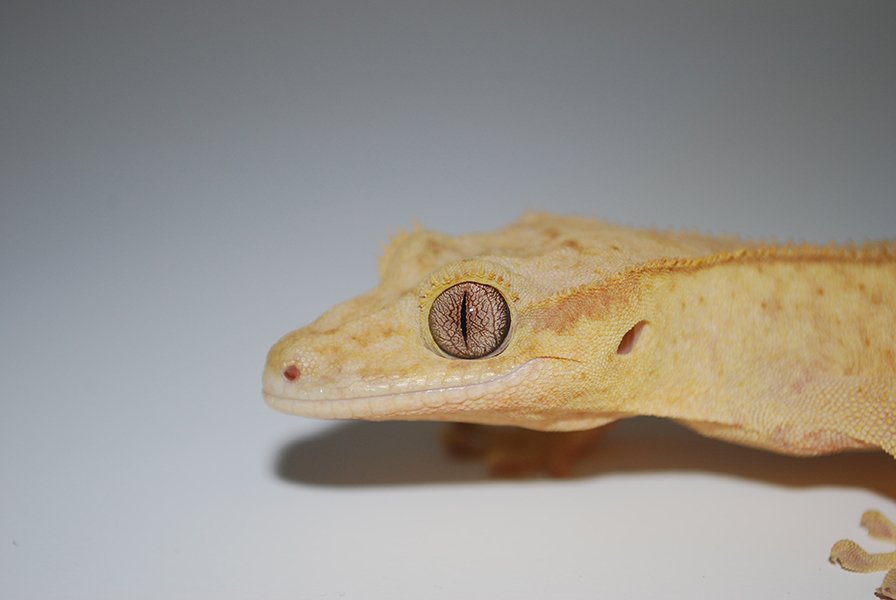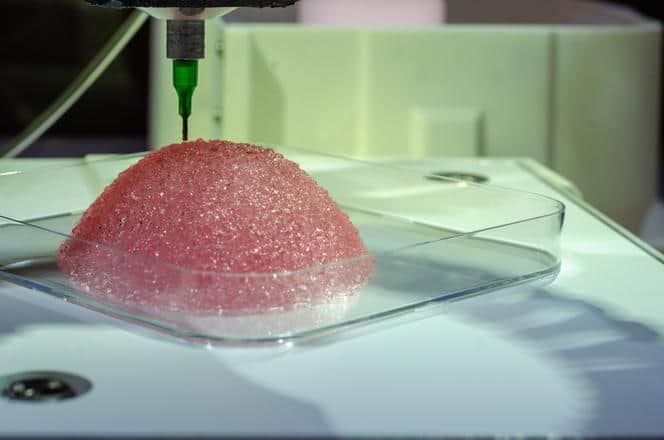Lizards can regrow severed tails, making them the closest relative to humans that can regenerate a lost appendage. But in lieu of the original tail that includes a spinal column and nerves, the replacement structure is an imperfect cartilage tube. Now, for the first time, a USC-led study in Nature Communications describes how stem cells can help lizards […]
Read More








